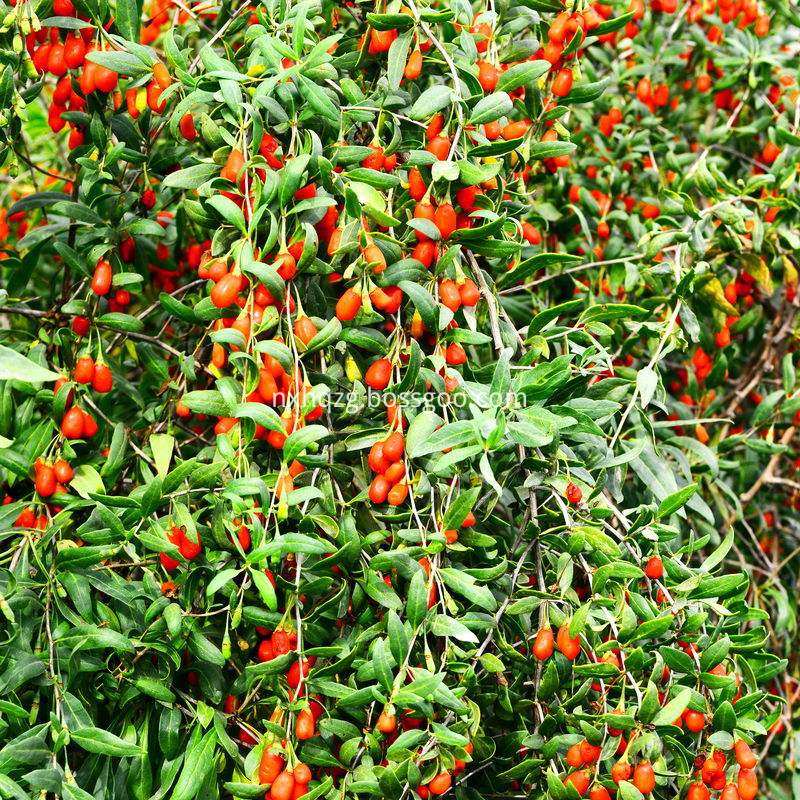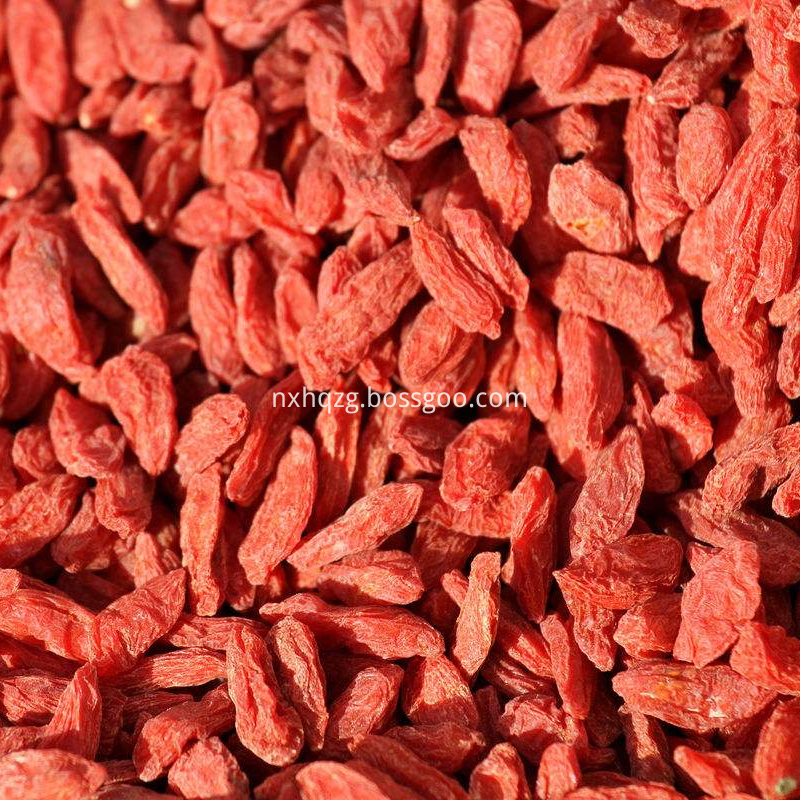To ensure safe wintering of flower pots, flower lovers can adopt different conservation measures based on the different types of flowers they support. Temperature: In the northern region, the winter climate is cold and the temperature is low. Generally, southern flowers need to be moved into winter indoors, and the appropriate temperature is adjusted according to the requirements of different flowers. Hi-temperature flowers, such as Milan, Poinsettia, African Impatiens, Begonias, and Cactus-like fleshy flowers, should be placed as far as possible on the interior windowsill with sufficient sunlight and high temperature (between 20°C and 25°C). The temperature must not be less than 10°C. Hi-temperature flowers, such as jasmine, geranium, Chinese rose, evergreen, suitable for winter temperatures from 18 °C to 22 °C, the minimum temperature of not less than 6 °C. For low-temperature flowers, such as kumquat, sweet-scented osmanthus and orchids, the winter temperature should be maintained between 12°C and 15°C, and the minimum temperature should not be lower than 2°C. Aquatic flowers, such as lotuses, water lilies, Eichhornia crassipes, ponting lotus, etc., should be released immediately before the frost, and the flowerpots should be moved to the cellar or hallway hall. The temperature should be kept at 5°C. Spray water properly. Light: Generally speaking, flowers with high temperature and medium temperature, as far as possible in the winter, the pots are placed in indoor sunny places. The lack of sunlight will not only affect the flowering, but also cause branches to grow in length. Some shade-tolerant flowers have scattered light. Watering: Due to the low temperature in winter, watering of flowers is very important. Generally speaking, it is necessary to use water that has been stored or air-dried through utensils to water the flower. Never use tap water directly to prevent the temperature difference from being too great and damage the root system. Some of the hiying foliage plants, such as Monstera, Spring Feather, Bamboo amaranth and Evergreen, can be sprayed with fresh water on a regular basis to clean the dust and facilitate photosynthesis. Fertilization: Most flowers fall into dormancy in winter, so try to reduce fertilization or stop fertilizing. If the room temperature is high (above 20°C), and winter flowering flowers, such as cineraria, cyclamen, primrose, calendula, African Impatiens, flamingo, etc., it is necessary to apply thin organic fertilizer once every two months. A small amount of compound fertilizer can also be applied. It is best to use pot-free “fermented flowers and fertilizers†or fermented rice water in order to prevent the fat from polluting the indoor environment. Some acidic soil flowers, such as camellia, rhododendron, jolly, clivia, sichuan, etc., should be applied regularly with peony fertilizer (add 1 gram of ferrous sulphate in the brewing fertilizer water) to make the leaves dark green and shiny. At the same time can make flowers aroma. Pest control: Due to poor indoor ventilation in the winter, some flowers often suffer from powdery mildew, coal smoke, locusts, and spider mites. The disease can be sprayed with 0.1% carbendazim or thiophanate liquid, and pests can be sprayed with 0.2% dimethoate or insecticide. When spraying pesticides, it is best to move the pots out of the room, outdoors, or use insecticidal tablets buried in the soil to prevent pests.
The size of the organic special grade wolfberry is 370 grams of /50 grams.
The management of organic wolfberry is divided into soil management, the management of the nutrition of Chinese wolfberry, the management of organic manure and organic residue, the management of the natural scientific rotation system, the management of weeds, the control, the training and management of the disease and insect pests.
The Lycium barbarum can effectively reduce the content of triglyceride and cholesterol in the serum of hyperlipidemia rats. It has the function of lowering blood lipid and regulating the lipid metabolism, and has a positive effect on preventing cardiovascular disease.
It is suggested that when we buy Lycium barbarum, we can put more than a dozen medlar into the water. If it does not fade, it means sulphur fumigated wolfberry, because sulfur is insoluble in water. If there is a red, it means that the pigment is used. The normal color is orange (pale yellow) with a small amount of floc floating.


Organic Red Goji Berry 370 Specifications
Organic Red Goji Berry 370 Specifications,Bulk Organic Goji Berry
Ningxia Hongqiaozhigu Technology&Development Co.,Ltd , http://www.guofuhui-ec.com

